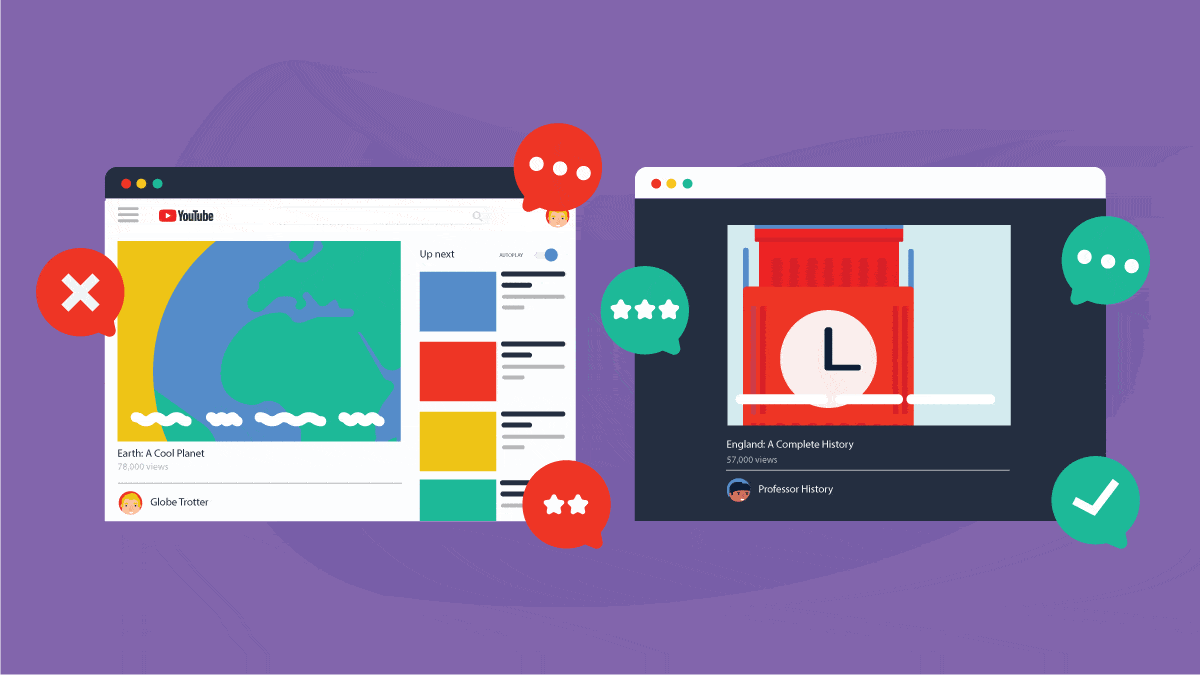
In an evolving landscape of digital subscriptions, YouTube has recently intensified efforts to curb the abuse of VPN-powered discounts. This crackdown targets users exploiting VPNs (Virtual Private Networks) to access lower subscription rates intended for different geographical regions. The implications of this move are significant, reflecting broader trends in digital media and subscription models.
The Context: Why VPN Discounts Matter
VPNs have been instrumental in allowing users to bypass geographical restrictions on content and pricing. YouTube Premium, for instance, offers ad-free viewing, offline downloads, and access to YouTube Music for a monthly fee that varies significantly across different countries. For example, a subscription in Argentina or India is considerably cheaper than in the US or Europe. This price variation is primarily due to economic disparities and purchasing power differences between regions.
In recent years, savvy consumers have increasingly used VPNs to sign up for these services from countries where the fees are substantially lower, saving a significant amount of money. This practice has grown as more users seek to optimize their subscription costs in a globalized digital economy.
The Crackdown: YouTube’s Response
YouTube’s response to this exploitation has been multi-faceted and systematic. The crackdown involves tightening VPN detection mechanisms and enforcing stricter account verification processes. According to industry insiders, these measures are part of a broader strategy to ensure fair pricing and to protect regional content agreements.
1. Enhanced VPN Detection:
YouTube has reportedly upgraded its VPN detection algorithms. These enhanced systems are designed to identify traffic patterns and IP addresses commonly associated with VPN services. When a VPN is detected, users attempting to access subscription services from an unanticipated location may face additional verification steps or even be blocked from completing the transaction.
2. Stricter Verification Processes:
In addition to VPN detection, YouTube has increased its reliance on verification mechanisms like two-factor authentication (2FA) and location verification via mobile device GPS. This dual verification ensures that users are physically present in the region corresponding to the lower subscription fee they are attempting to access.
3. Regional Payment Methods:
YouTube is also increasingly requiring users to pay with region-specific payment methods. This means that even if a user accesses YouTube from a different country via VPN, they may be unable to subscribe without a local payment option, such as a regional credit card or bank account.
Implications for Users and YouTube
This crackdown is expected to have several immediate effects on users and YouTube’s business model.
1. Impact on Users:
For users, this means higher subscription costs if they are unable to bypass regional pricing. This could lead to frustration among those who have been taking advantage of lower rates. However, for the majority who subscribe within their region, it ensures a fairer pricing structure and aligns with YouTube’s terms of service.
2. Legal and Ethical Considerations:
Legally, this move reinforces YouTube’s right to enforce its regional pricing models, which are often influenced by local licensing agreements and economic conditions. Ethically, it can be argued that this ensures that the subscription costs reflect the economic realities of each region, thus supporting a fair digital economy.
3. YouTube’s Business Strategy:
From a business perspective, YouTube’s strategy likely aims to stabilize its revenue streams and reduce disparities caused by VPN exploits. By enforcing region-specific pricing, YouTube can maintain the value of its Premium service and ensure that users in higher-income regions contribute proportionally more, which can be reinvested into content creation and platform improvements.
Global Trends and Industry Reactions
YouTube is not alone in addressing the issue of VPN-powered discount abuse. Other streaming giants like Netflix, Spotify, and Disney+ have also tightened their VPN policies in recent years. These measures reflect a broader trend in the digital subscription industry, where companies are increasingly sophisticated in enforcing regional pricing and content access rules.
1. Streaming Platforms:
Streaming platforms are employing advanced algorithms and geo-blocking techniques to maintain the integrity of regional pricing. For example, Netflix has developed a robust system to detect and prevent VPN usage that circumvents regional content restrictions.
2. Subscription Services:
Similarly, other subscription-based services, from software to news outlets, are refining their methods to prevent VPN-powered pricing exploits. This trend underscores a collective industry move towards protecting revenue and ensuring fair pricing practices.
Consumer Response and Workarounds
Despite YouTube’s crackdown, it is likely that some users will continue to seek new workarounds. The cat-and-mouse game between consumers trying to minimize subscription costs and service providers trying to enforce regional pricing is ongoing.
1. Advanced VPNs:
Some VPN providers may innovate to evade new detection mechanisms, developing more sophisticated ways to mask users’ true locations. This includes the use of residential IP addresses and other tactics to appear legitimate.
2. Alternate Strategies:
Users might also explore other strategies, such as using family or friends’ addresses in lower-cost regions or subscribing through third-party services that offer discounted access.
3. Consumer Advocacy:
There might also be increased discussions around consumer rights and global pricing fairness, potentially leading to calls for more uniform pricing models. However, this approach conflicts with the current economic and licensing realities that dictate regional pricing differences.
Conclusion: The Future of VPNs and Digital Subscriptions
YouTube’s crackdown on VPN-powered discounts is a significant move in the ongoing effort to manage digital subscriptions fairly. While it may present challenges for users accustomed to lower rates via VPNs, it aligns with broader industry practices aimed at ensuring fair pricing and protecting revenue streams.
As the digital subscription landscape continues to evolve, both consumers and service providers will need to navigate the balance between accessibility and equitable pricing. For YouTube, this means reinforcing its subscription model’s integrity while potentially exploring new ways to offer competitive pricing that reflects global economic diversity without resorting to geo-bypassing tactics.





